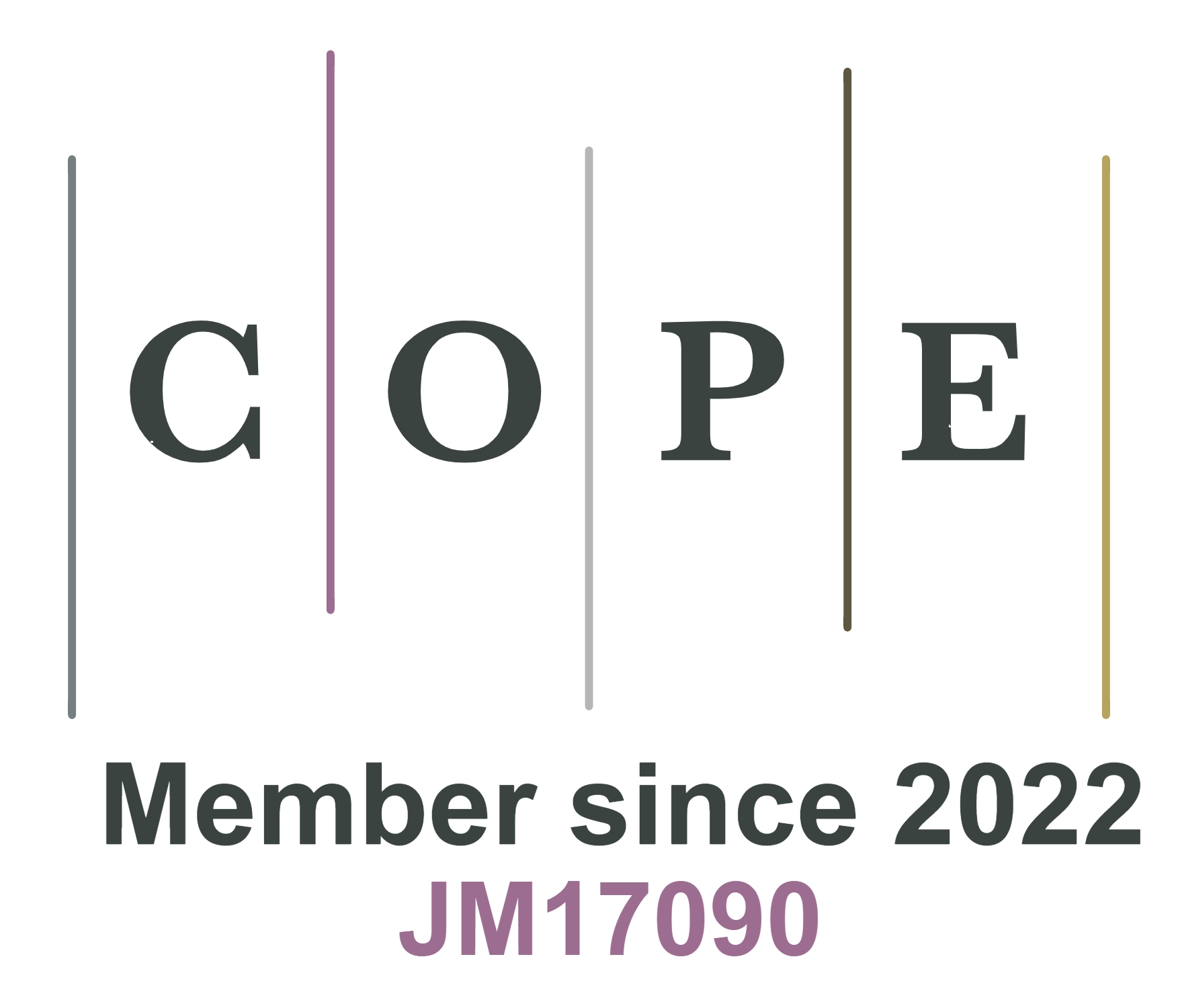fig18

Figure 18. (A) Integration of 1D line patterns with various shapes and sizes into an elastomer matrix to adjust the substrate’s Poisson’s ratio to nearly zero and improve image distortion in stretchable displays. Reproduced with permission[148]. Copyright 2024, Elsevier; (B) Incorporation of a soft mechanical meta-material frame capable of self-deformation into an elastomer matrix to achieve a zero Poisson’s ratio in the biaxial direction, and examples of linear and predictable display pixel movement under biaxial tensile deformation. Reproduced with permission[149]. Copyright 2024, Wiley-VCH; (C) Stretchable displays featuring a Kirigami structure based on high-modulus GFRPDMS embedded within an elastomer matrix, which exhibits a negative Poisson’s ratio, enabling biaxial expansion deformation without image distortion under tensile strain. Reproduced with permission[150]. Copyright 2024, Springer Nature; (D) A hybrid platform with a dual-layer structure, incorporating a stress-relief layer and a rigid island array on an elastomer substrate, engineered with modulus variations in the thickness direction to prevent performance degradation in stretchable OLEDs. Reproduced with permission[151]. Copyright 2020, Wiley-VCH. GFRPDMS: Glass-fiber reinforced polydimethylsiloxane; OLEDs: organic light-emitting diodes.









